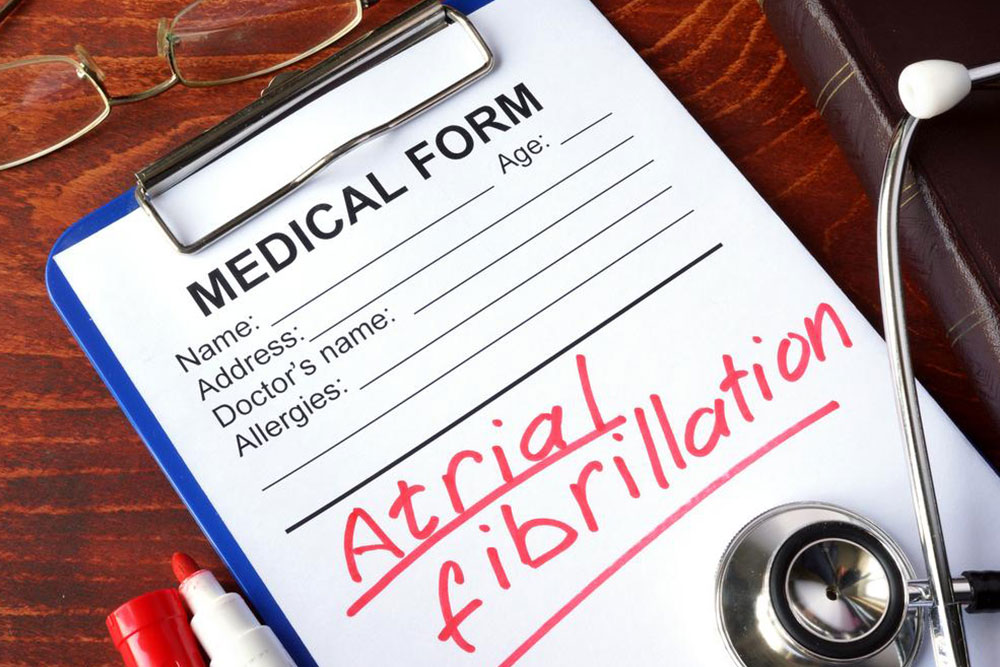Comprehensive Guide to Managing Atrial Fibrillation
Explore comprehensive approaches to managing atrial fibrillation, including symptom recognition, diagnosis, and tailored treatment options such as medications, procedures, and lifestyle adjustments. Expert consultation is vital for effective management and reducing stroke risk.

Effective Strategies for Atrial Fibrillation Management
Atrial fibrillation, commonly known as AFib, is a cardiac disorder characterized by rapid and irregular heartbeats. Symptoms include shortness of breath, chest discomfort, fatigue, and palpitations. If not treated, AFib significantly increases the risk of stroke due to blood clot formation in the heart's upper chambers.
How to address AFib?
If you notice the symptoms listed above, consulting a cardiologist is essential for proper diagnosis through tests.
If diagnosed with AFib, treatment options include medications, electrical cardioversion, catheter ablation, or pacemaker implantation, tailored to your specific condition. The approach depends on whether the AFib is occasional, persistent, or permanent. Doctors evaluate underlying causes before recommending a plan.
Medications for AFib
To control heart rate and rhythm, the following drugs are commonly prescribed:
Beta blockers: Help slow the heart rate.
Calcium channel blockers: Relax blood vessel muscles and inhibit calcium entry to reduce strain on the heart.
Digitalis: Strengthens heart contractions.
Antiarrhythmic medications: Correct irregular heartbeats.
Sodium channel blockers: Regulate electrical activity.
Potassium channel blockers: Reduce electrical conduction issues.
Antiplatelet drugs: Prevent platelet aggregation.
Anticoagulants: Minimize blood clot formation.
Important reminder: Since each AFib case varies, medication choices should always be made by healthcare professionals after thorough evaluation. Self-prescribing can be dangerous.









